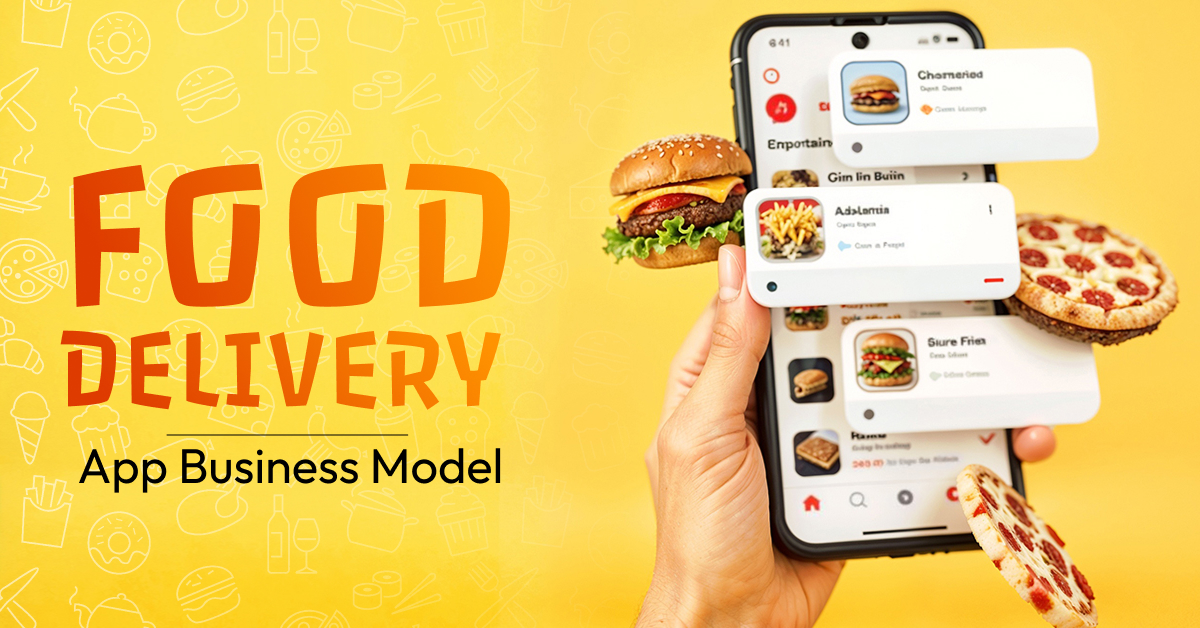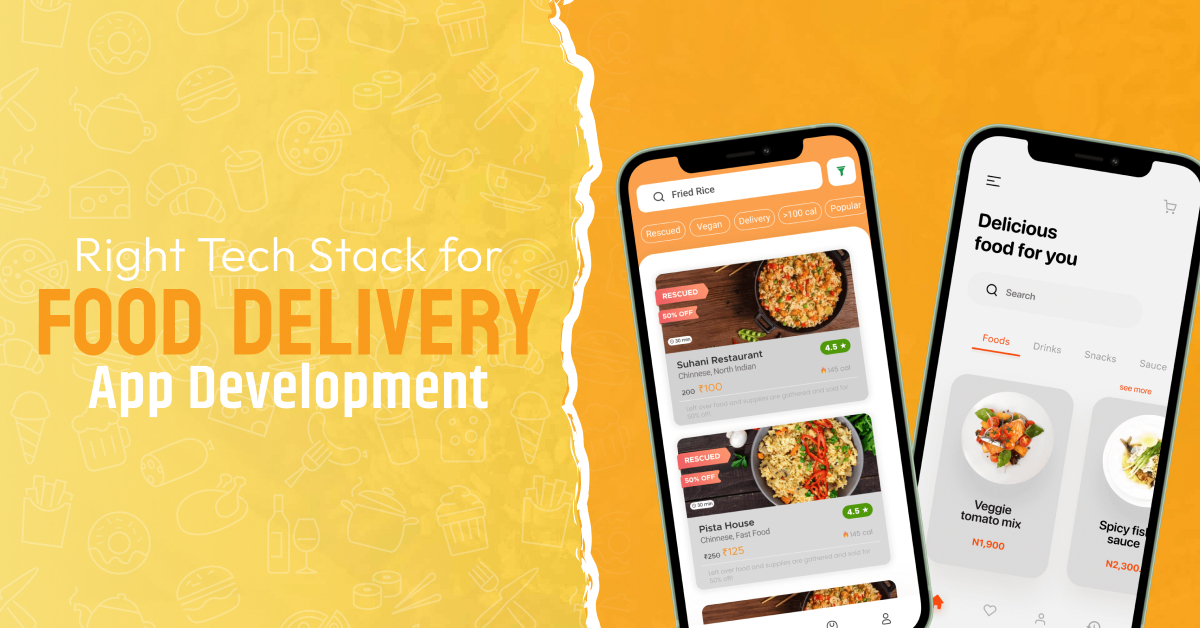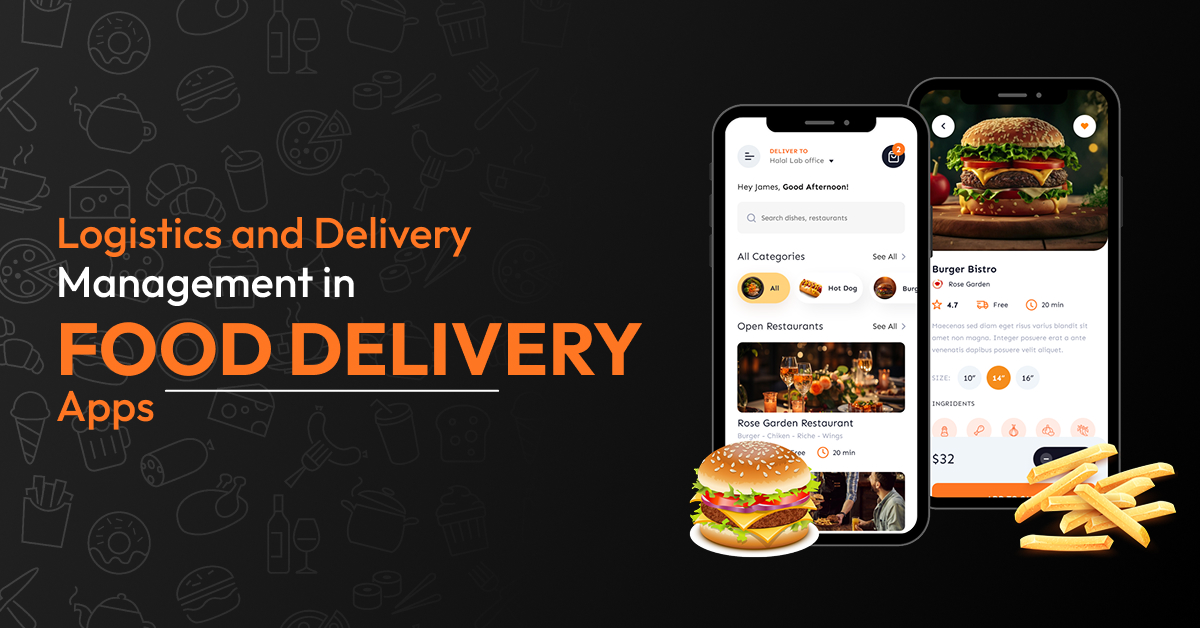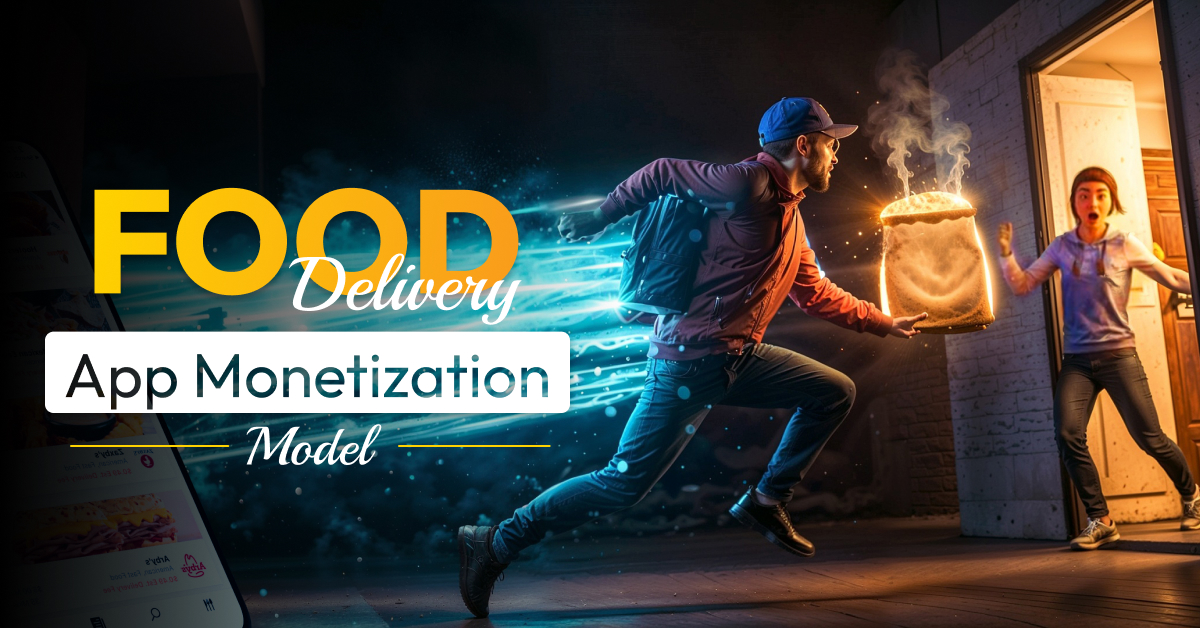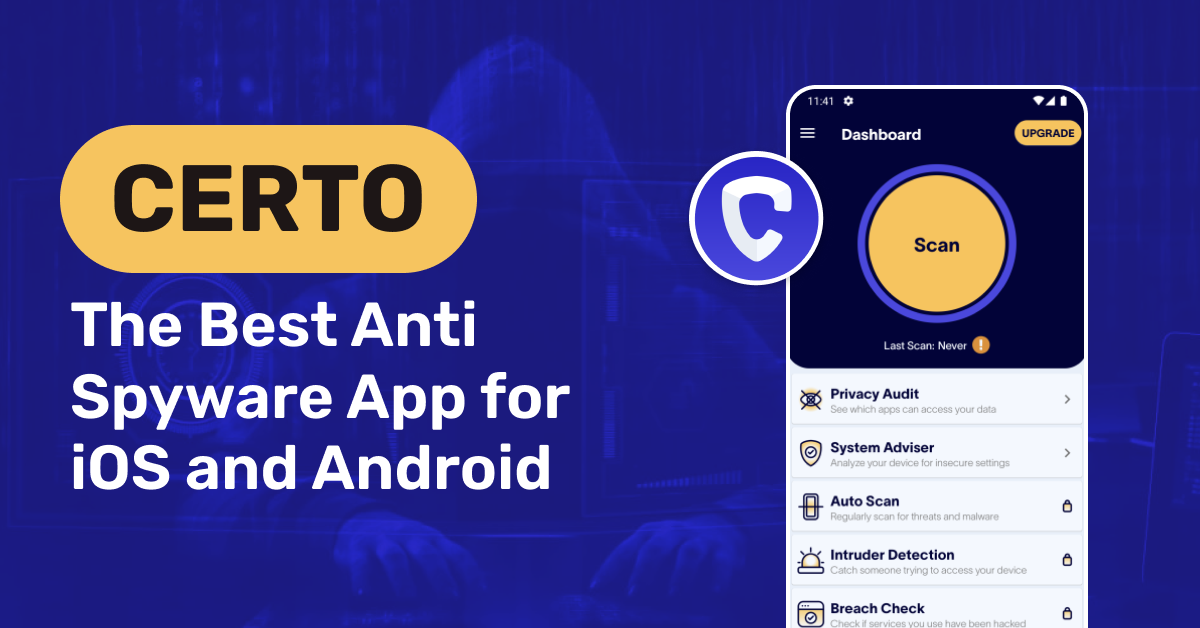“Hot meals, hotter revenue”
As we know, the demand for food delivery applications is rapidly increasing, and around 58% of people prefer ordering food and delivering it to their doorsteps instead of takeaway and dine-in. There are various types of food delivery app business models that can easily generate higher revenue streams and increase the overall valuation of the business.
According to the global market, the food delivery apps market is valued at around $1.39 trillion in 2025, and is projected to increase to around $2.02 trillion by the end of 2030.
The above example depicts how rapidly food delivery apps’ revenue is increasing and why the business model is useful for every type of business.
In this blog, we will explore various types of food delivery app business models and related information.
Global Food Delivery Market is Booming Fast(Statistics)
- It is anticipated that the online food delivery sector will generate US$1.39 trillion by 2025.
- By 2030, revenue is anticipated to expand at a 7.64% annual rate (CAGR 2025–2030), with a predicted market volume of US$2.02 trillion.
- In 2026, the meal delivery market is anticipated to increase by 12.4% in terms of revenue.
- Globally speaking, China will produce the greatest income (US$499.14 billion in 2025).
- In 2025, the food delivery market’s average revenue per user (ARPU) is anticipated to reach US$546.12.
- By 2030, there are projected to be 2.5 billion consumers in the meal delivery sector.
- In 2025, the meal delivery market would have a 28.2% user penetration rate.
Global Food Delivery Market Statistics
Metric |
Value |
Year/Period |
|---|---|---|
| Online Food Delivery Sector Revenue | $1.39 trillion | 2025 |
| Projected Revenue Growth Rate (CAGR) | 7.64% | 2025–2030 |
| Projected Market Volume | $2.02 trillion | 2030 |
| Anticipated Meal Delivery Market Increase | 12.4% | 2026 |
| Country with Greatest Income | $499.14 billion | 2025 |
| Average Revenue Per User (ARPU) | $546.12 | 2025 |
| Food Delivery Apps Market Value | $1.39 trillion | 2025 |
| Projected Food Delivery Apps Market Value | $2.02 trillion | 2030 |
The Business Models of 5 Well-Known Food Delivery Apps
These platforms have tailored their food delivery apps business model to the UK market’s evolving needs, offering diverse ways for restaurants to reach customers and for users to enjoy food with convenience.

1. Deliveroo
Deliveroo relies on an aggregator-plus-logistics strategy, connecting clients with local eateries and managing deliveries through its rider network. Revenue comes from Deliveroo Plus memberships, restaurant commissions, and delivery fees.
The platform supports both individual restaurants and major chains, offering real-time tracking, scheduled orders, and promotional tools. Such features highlight the importance of robust food delivery app development to enhance user experience and boost restaurant visibility.
Business Model: Aggregator + Logistics
2. Just Eat
Just Eat has a pure aggregator strategy, allowing consumers to explore and order from nearby eateries. It began as a food delivery service and has now grown into logistics.
It generates revenue through commissions on each order and advertising placements. Just Eat maintains market dominance in the UK by focusing on consumer convenience, restaurant relationships, and a user-friendly interface.
Business Model: Aggregator
4. UberEats
Uber Eats mixes an aggregator model with in-house delivery services, relying on Uber’s existing logistical infrastructure. It links users with local and chain restaurants and handles order fulfillment.
There are various food delivery app monetization models such as delivery fees, restaurant commissions, and service costs. Real-time order tracking, planned delivery, and special offers all improve consumer engagement and platform usage.
Business Model: Aggregator + Logistics
5. Zomato
Zomato operates in the United Kingdom under an aggregator strategy that focuses on restaurant listings, meal delivery, and user ratings. Advertising, restaurant commissions, and Zomato Pro user subscriptions all contribute to revenue.
Despite its modest presence, Zomato focuses on food discovery, providing insights, photographs, and menus to assist people make informed eating decisions.
Business Model: Aggregator + Restaurant Listings
6. Foodhub
Foodhub stands out for its commission-free aggregator approach. Instead of collecting per-order commissions, it charges restaurants a flat monthly fee, allowing them to retain more profits. Customers enjoy competitive pricing, while restaurants appreciate predictable costs.
Foodhub also offers digital menus, marketing tools, and seamless ordering—features often developed by a skilled grocery app development company to enhance functionality and user experience.
Business Model: Aggregator (Commission-Free Model)
Various Business Models for Food Delivery
Understanding the various business models for food delivery is essential for launching a successful platform. From aggregator and logistics-based models to cloud kitchens and subscriptions, each offers unique advantages and revenue streams. Choosing the right model depends on your goals, resources, and target audience in the competitive food tech market.
1. Aggregator Model

Revenue Source: Commissions, featured listings, ads.
Advantages: Wide restaurant options, easy scalability, customer convenience.
Disadvantages: No control over delivery, lower restaurant profits.
This food aggregator business model connects users with multiple restaurants through a single app. Customers place orders, and restaurants handle delivery. It allows a platform to earn commissions without managing logistics, but quality control can suffer due to dependence on third-party fulfillment.
2. Logistics Support Model
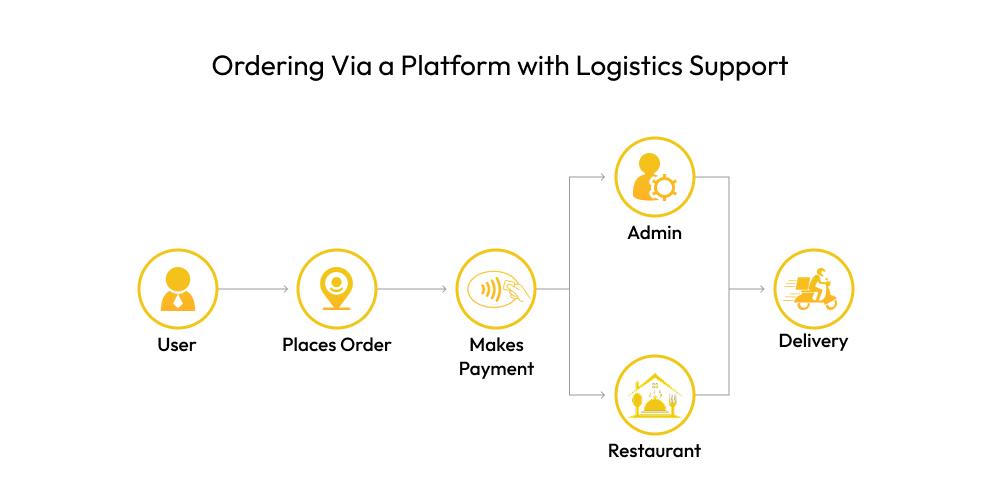
Revenue Source: Delivery fees, commissions, service charges.
Advantages: End-to-end control, better customer experience.
Disadvantages: High operational costs, complex logistics.
Here, the platform manages both ordering and delivery. It provides better reliability and speed, ensuring customer satisfaction. However, logistics and delivery management in food delivery apps require investment in fleet and personnel, making it cost-intensive but suitable for long-term brand value.
3. Cloud Kitchen Model
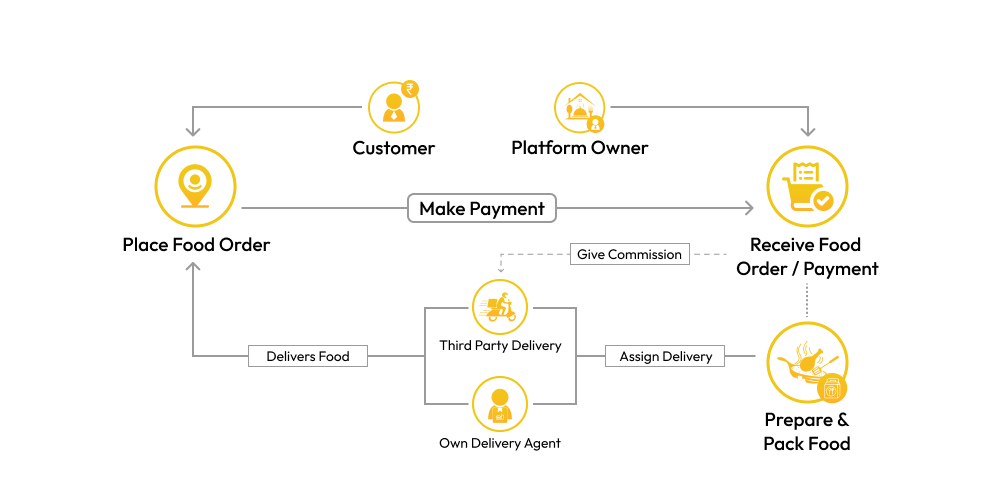
Revenue Source: Direct food sales, aggregator partnerships.
Advantages: Lower overhead, fast expansion, multiple brands.
Disadvantages: No physical visibility, high marketing dependence.
Cloud kitchen business models are delivery-only setups that operate multiple food brands from a single location. With no dine-in expenses, it’s cost-effective and scalable. However, visibility relies heavily on online marketing and platform positioning, requiring strong branding to succeed.
4. Subscription-Based Model

Revenue Source: Monthly or annual user fees.
Advantages: Predictable revenue, enhanced user loyalty.
Disadvantages: Limited appeal if benefits aren’t substantial.
This model offers premium services like free delivery or exclusive discounts for a recurring fee. It works best when users order frequently. However, the perceived value must be compelling to retain subscribers and justify the cost.
Partnering with an experienced mobile app development company can help optimize features and user experience to support this subscription-based strategy.
5. Order-Only Model

Revenue Source: Commissions, listing fees.
Advantages: Low operational burden, easy onboarding.
Disadvantages: No control over delivery quality.
This model lets users place orders, while restaurants handle fulfillment. It reduces platform responsibilities, making it easier to scale. However, inconsistent delivery standards can harm customer experience and affect platform reputation due to lack of logistics control.
6. Scheduled Delivery Business Model
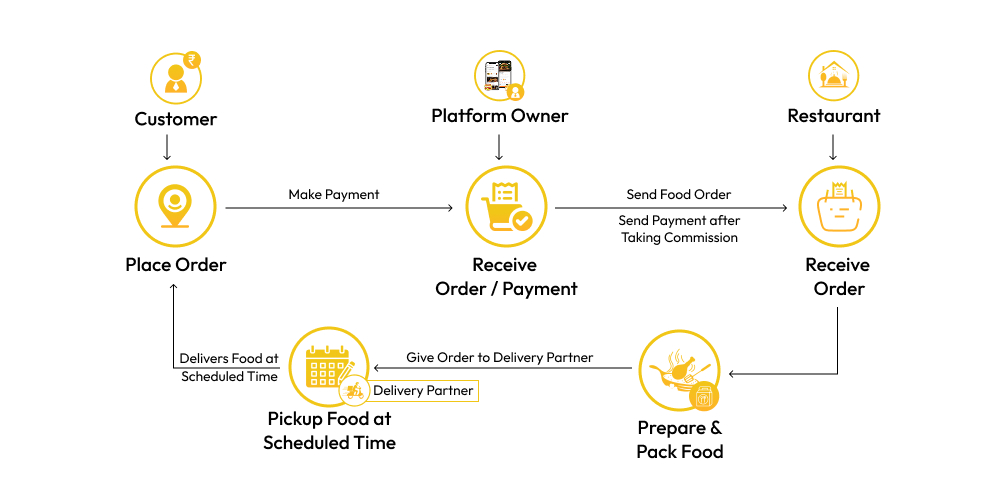
Revenue Source: Delivery fees, subscription plans, restaurant commissions.
Advantage: Offers flexibility and convenience to users planning meals in advance, improves operational efficiency for restaurants.
Disadvantage: Missed or delayed deliveries can hurt user trust; requires precise time management.
This model allows customers to place orders in advance for a specific delivery time, enabling better resource planning and catering to routine meal needs like office lunches or family dinners.
7. Inventory Business Model

Revenue Sources: Direct food sales, delivery charges, subscription fees.
Advantages: Complete control over food quality, inventory, and customer service; higher profit margins and brand consistency.
Disadvantages: Requires significant investment in kitchen facilities, storage, and supply chain management; higher operational risks and costs.
This model involves owning and managing food inventory and preparation, allowing businesses to directly control every step from cooking to delivery, ensuring a seamless customer experience.
How to Choose the Right Business Model to Start a Food Delivery Business?
Choosing the right business model to start a food delivery business is crucial for your success. Here’s a clear, step-by-step guide to help you decide:
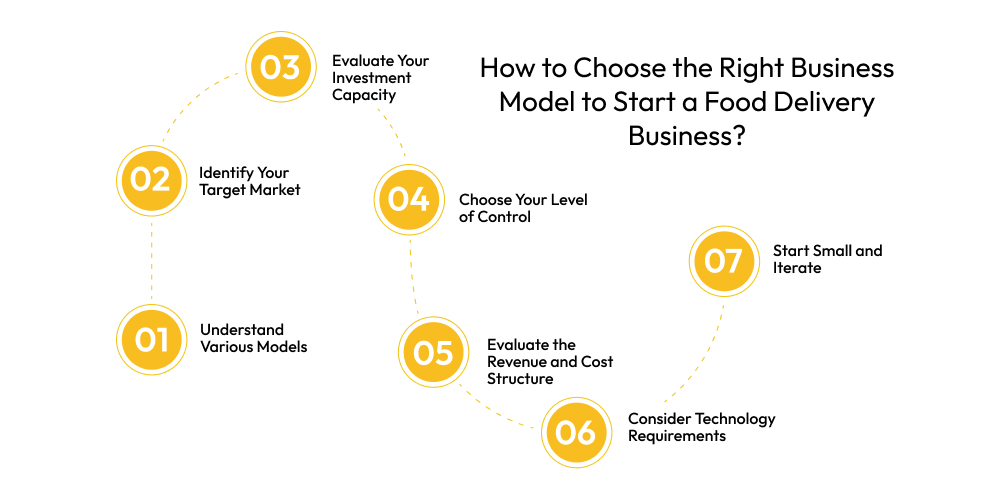
1. Understand Various Models
Familiarize yourself with the following food delivery models: in-house, aggregator platforms, hybrid, and cloud kitchens. Each brings its own set of advantages and disadvantages.
Understanding these distinctions enables you to connect your business objectives, budget, and market demands with the best appropriate model, increasing your chances of success.
2. Identify Your Target Market
Hire web development company to examine your target clients’ geography, tastes, and behaviors. Urban locations with tech-savvy residents may prefer aggregator platforms, whilst smaller cities may prefer business model of cloud kitchen.
Understanding local demand and customer behavior is crucial for choosing a model that will appeal to your market and create consistent orders.
3. Evaluate Your Investment Capacity
Determine how much cash you can invest both upfront and continuously. In-house delivery necessitates more investment in personnel, trucks, and logistics.
Aggregators have cheaper initial costs but demand technological investment. Cloud kitchens save real estate but need efficient kitchen operations. Match your financial resources with a sustainable approach.
4. Choose Your Level of Control
Consider how much control you want over food quality, delivery, and the overall customer experience. In-house models provide complete control but increased accountability.
Aggregator models restrict your control while improving scalability. Hybrid models provide a balance. Your decision is based on how much you value control against operational simplicity.
5. Evaluate the Revenue and Cost Structure
Consider how each model makes money and incurs expenditures. Aggregators earn commissions and delivery fees while sharing profits with eateries. In-house delivery relies on delivery fees and food sales, which raises the food delivery app development cost in Europe.
Cloud kitchens prioritize food preparation efficiency in order to optimize business margins. Choose the model that best meets your financial goals.
6. Consider Technology Requirements
Evaluate the tech stack for food delivery app development to run smoothly. Aggregators require advanced systems for multi-restaurant listings, order administration, and real-time tracking. In-house models necessitate the adoption of integrated order and delivery management systems.
Cloud kitchens require effective kitchen management software connected to delivery logistics. Select an online food delivery business models that is compatible with your technical skills.
7. Start Small and Iterate
Consult with an food delivery app development serivces provider to start a pilot program to test your selected business model in your target market. Collect client input, monitor operations, and assess financials.
Prepare to alter or pivot your food delivery business strategies based on real-world outcomes. Flexibility in the early stages increases your chances of long-term success in a competitive food delivery industry. Online Food Delivery Business Models
Conclusion
In conclusion, choosing the right food delivery app business model UK—whether aggregator, cloud kitchen, or hybrid—depends on your goals, budget, and target market.
Aggregators offer wide reach with lower upfront costs, while cloud kitchens focus on efficient food preparation without dine-in space. For startups aiming to build a successful platform, partnering with a reliable food delivery app development company in UK can provide the technical expertise and tailored solutions needed to create a scalable, user-friendly app that meets market demands and drives growth.
Frequently Asked Questions
Q1. What is a Food Delivery App Business Model?
A food delivery app business model outlines how the platform connects customers, restaurants, and delivery services to facilitate orders, generate revenue through commissions or fees, and manage operations for efficient food delivery.
Q2. What Are the Main Revenue Streams for Food Delivery Apps?
The main food delivery app revenue models include restaurant commissions, delivery fees, surge pricing, in-app advertising, subscription plans, premium listings, and service charges applied to customers or restaurant partners.
Q3. Which Food Delivery App Business Model is Best for Startups?
For startups, the aggregator model is often best due to lower upfront costs, scalability, and easier market entry. It allows startups to focus on technology and partnerships without managing logistics and delivery management in food delivery apps.
Q4. How Does the Aggregator Model Work?
The aggregator model connects customers with multiple restaurants through a single platform. It facilitates browsing, ordering, and payment, earning revenue from commissions and delivery fees without owning kitchens or delivery infrastructure.
Q6. Can I Switch Business Models Later?
Yes, you can switch business models later. Many food delivery startup models begin with one model and pivot as they grow, based on customer feedback, market demand, operational capacity, and business goals.
